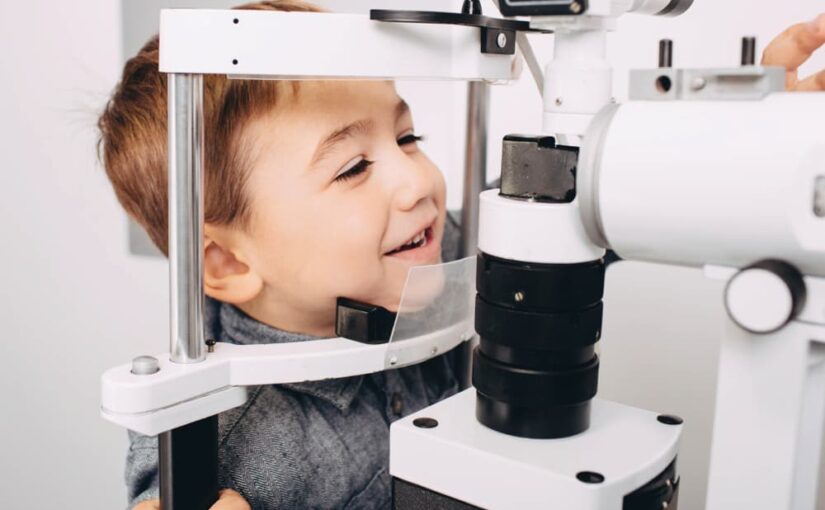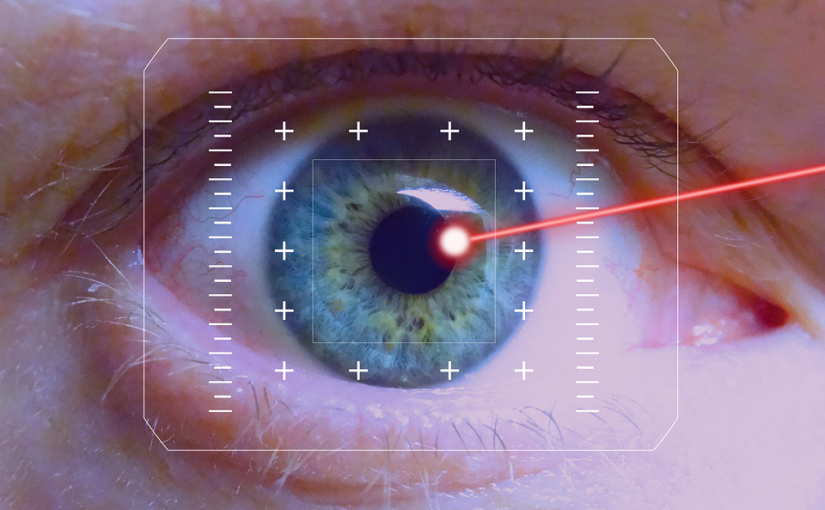- Pink eye is a common eye issue that results in redness and eye discharge. Although it is usually harmless, some cases may require prescription treatment.
- Pink eye, also known as conjunctivitis, is most often caused by exposure to viruses, bacteria, or common allergens. It can be helpful to see a doctor to diagnose the underlying cause to determine the best treatment plan for symptom relief.
Are you or your child experiencing redness, swelling, or discharge from one or both eyes? You may be dealing with a case of pink eye. Also known as conjunctivitis, this eye condition is relatively common and usually harmless. However, it’s important for families in West Springfield, Massachusetts, to understand pink eye so they can protect themselves and seek treatment when necessary.
What Causes Pink Eye?
In general, there are three leading causes of pink eye:
- Exposure to a virus
- Exposure to bacteria
- Exposure to an allergen
Sometimes, wearing contact lenses, a foreign body in the eye, or exposure to certain chemicals or pollutants can also cause conjunctivitis.
Viral and bacterial conjunctivitis are highly contagious and are most common among children. Most people contract this type of pink eye by touching their face or eyes with unclean hands. It’s important to wash your hands often and to avoid rubbing or touching your eyes. This can significantly lower your risks of developing pink eye.
What Are the Symptoms of Pink Eye?
A person who has conjunctivitis may experience redness and swelling around the eyelids. A white or yellow discharge is also common and can become crusty, especially during sleep. Pink eye can be uncomfortable and may also cause itching, burning, and eye pain.
Is Pink Eye Serious?
Most of the time, pink eye is bothersome but not dangerous. However, you should see a doctor right away if your symptoms are accompanied by:
- Pain
- Blurred vision (that is not caused by discharge)
- Sensitivity to light
- An existing immune system condition
You should also seek medical treatment if your symptoms worsen. Sometimes, it can be helpful to see an eye care specialist in West Springfield, Massachusetts, to determine the underlying cause and rule out other possible issues.
Will Pink Eye Go Away on Its Own?
Depending on the cause, a mild case of pink eye usually clears up on its own within a week or two. More severe cases may take up to three weeks before all symptoms disappear. However, certain types of bacterial conjunctivitis may not go away without treatment. Even though treatment isn’t always necessary, it can speed up healing time to resume everyday life.
What Pink Eye Treatments Are Available?
Most experts recommend some simple home care techniques to improve pink eye symptoms. Cold compresses and artificial tear eye drops can help some patients experience relief from irritation and swelling. You should also avoid using eye makeup and wearing contact lenses until you are symptom-free. Your doctor may give you special instructions about cleaning or replacing your contact lenses before you start wearing them again.
Bacterial conjunctivitis usually requires an antibiotic treatment, which is usually prescribed in the form of an eye ointment. Patients should follow the instructions carefully and complete the entire treatment. Otherwise, pink eye could come back.
While antibiotics are not effective in treating viral conjunctivitis, antiviral medications may be helpful if the case is serious. Recurring or severe allergic conjunctivitis may be treated with antihistamines and prescription eye drops.
Where Can You Turn for Complete Eye Care?
Whether you’re dealing with pink eye, refractive issues, or other eye conditions, Northeast Laser of West Springfield, Massachusetts, can help you get the care and treatment you need to see clearly. Call us at 413-363-2732 or Contact us online today to learn more about our numerous services for the entire family. We’re here to help you enjoy all of the benefits of better eye health.
Featured Image: metamorworks/Shutterstock



